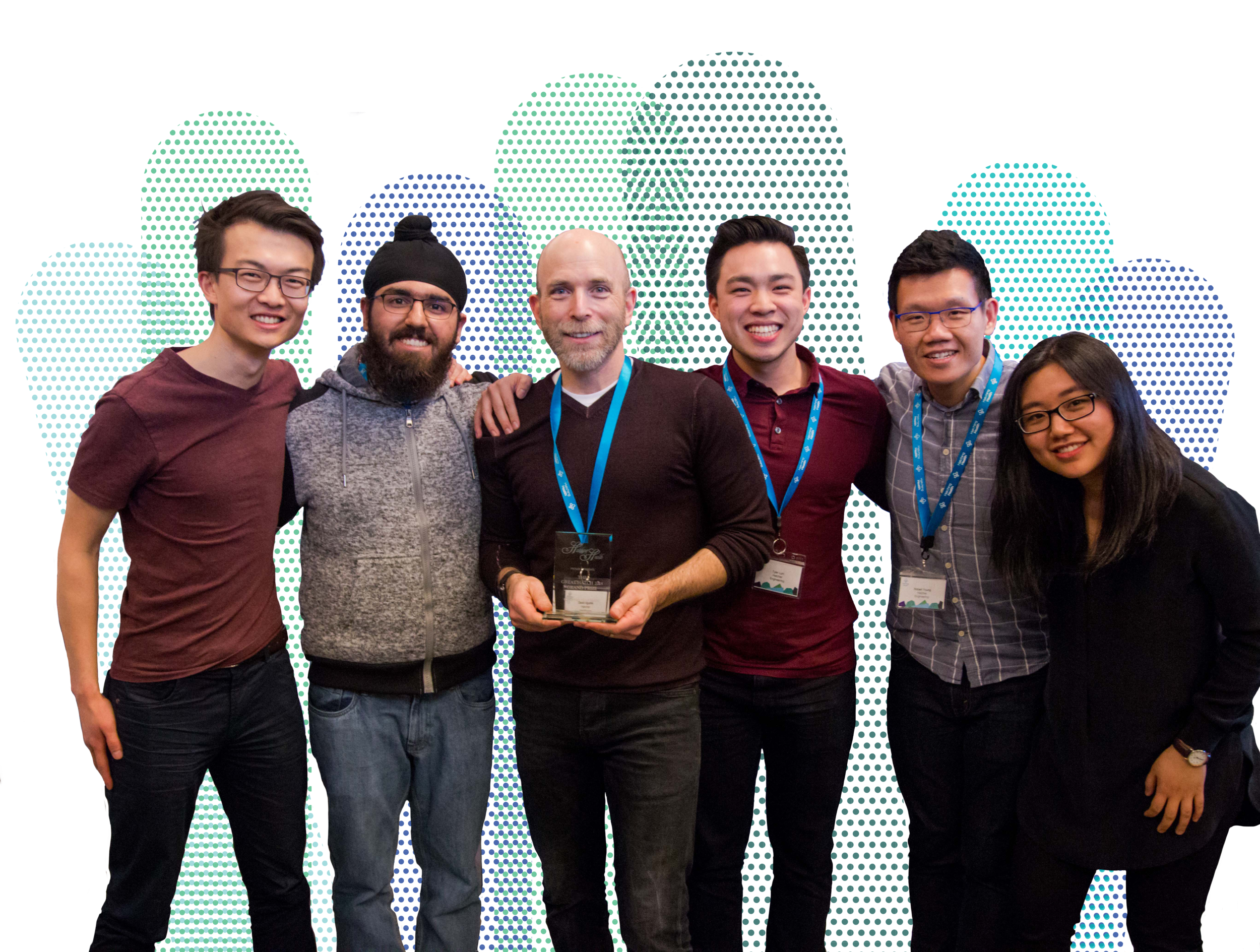Life after the Great Hatch: Simplifying Access with Lumina
At the Great Hatch 2018, we saw the formation of several life-saving innovations in just 24 hours. For many of these passionate inventors, that weekend was just the beginning. Over the next few weeks, we will be featuring three of the groups that have continued to work on their projects.
This week we caught up with Jessica from Lumina, winner of the Hatching Health Grand Prize.
How was your experience at the event last year?
We had a great time! None of us knew each other prior to The Great Hatch, but we grew a lot as a team and met a lot of awesome people interested in similar fields.
Tell us a bit about your project. How did your group come up with the problem and your objectives?
Our problem was pitched by Dr. David Agulnik, who is an ER physician at St. Paul’s. Many procedures in the ER require central venous access, a process through which catheters are inserted into blood vessels. The current process is more than 60 years old and riddled with inefficiencies, and we wanted to find a simple solution to reduce the amount of time and risk of error in the operation.
We decided that we wanted something that requires the least amount of adjustment for physicians, and something that could be set into motion quickly, which is why we opted for mechanical improvements over creating a new procedure.
What do you find meaningful about your project and its goals?
We were all drawn to the idea of quick changes that could make a significant difference in healthcare without taking many years to test, approve, and implement.
What role did The Great Hatch have in developing your project?
Apart from bringing our team together and giving us a space to explore our objectives, the Great Hatch allowed us to make our first prototypes with the 3D printers, and allowed us to consult with key stakeholders such as other physicians, medical residents, and companies like Kardium.
What is the status of your project now and what do you see for the future?
Since The Great Hatch, we have been hard at work to improve our design and acquire funding for a provisional patent. In terms of our product, we have streamlined our CAD model, added ergonomic features based on user feedback, and printed a higher quality prototype from a 3D printing company.
In terms of funding, we have participated in the MDDC Biomedical Engineering Design Awards and won the Innovation Prize for $2500. We are currently in the final rounds for the Joule Innovation grant and we are looking for more grant opportunities. Patent lawyers are not cheap!
Is there any advice you would like to share with future participants?
The best piece of advice we can share to future participants is to find a problem that is really worth solving and to stay open-minded throughout the entire event.


